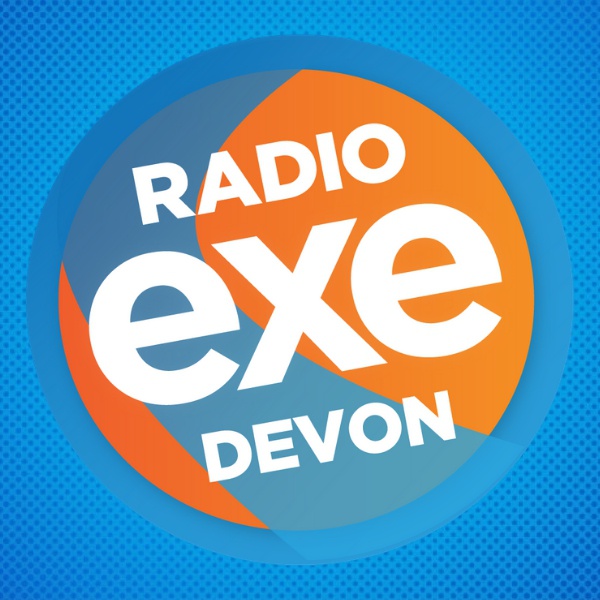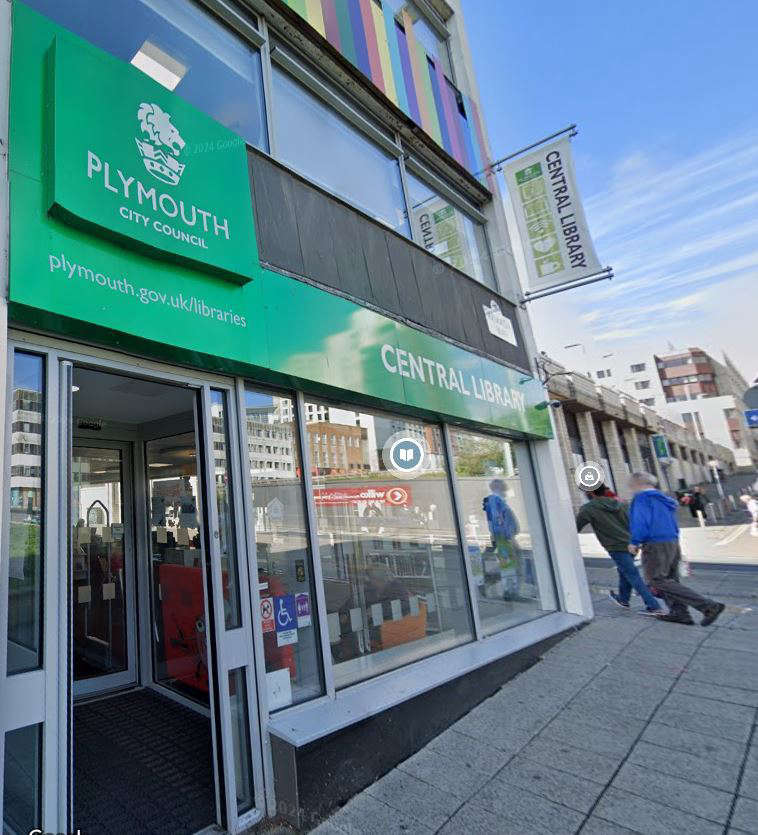
But most enquiries are online now
Ninety five per cent of enquires to Plymouth City Council are now being made digitally.
But its former contact centre, now called the customer hub, still received 60,000 phone calls between April and December last year.
Cuts of nearly £2 million in the last few years means the number of people answering phones is down from 45 to 11, cabinet member for customer services Sue Dann (Lab, Sutton and Mount Gould) told the council’s housing and community services scrutiny panel.
But members heard that there has been a 10 per cent rise year on year in the number of people using digital services. Around 95 per cent of enquiries now come through the website or email.
Phone calls were mainly from people with more complex enquiries around adult social care, children’s services, special educational needs and disabilities (SEND) and homelessness.
Ninety-six per cent of calls are picked up, the majority within a minute, with the longest wait time on hold being 27 minutes.
Councillors had previously agreed to look at how the authority it is connecting with the public and how it could be improved.
Cllr Dann said the Central Library is key to the future of the public interface and more than 600 face-to-face appointments had been held there to help people fill in application forms for blue badges and bus passes.
She said people had been offered appointments in community libraries but they preferred coming to the main library as they combined it with shopping trips.
Community library visits account for around two per cent of face-to-face visits but the number is expected to increase as it becomes more well-known.
Cllr Dann said the council is trying to use its buildings more effectively to offer better customer service, including at health and wellbeing hubs.
“We are moving away from the term ‘contact centre’. We are not Amazon or British Gas. We don’t have 45 people sitting there waiting to answer the phones. Those days have long since gone.
“A lot changed during and after covid when people moved over to digital interaction and it follows years of budget cuts.”
She said the plan is for an overarching customer and digital strategy where the council spots patterns and areas of concern.
The council’s transformation programme manager, Peter Honeywell, said improvements are being made all the time to digital services in response to feedback. They have included increasing the maximum file size for pothole pictures as camera technology advances.
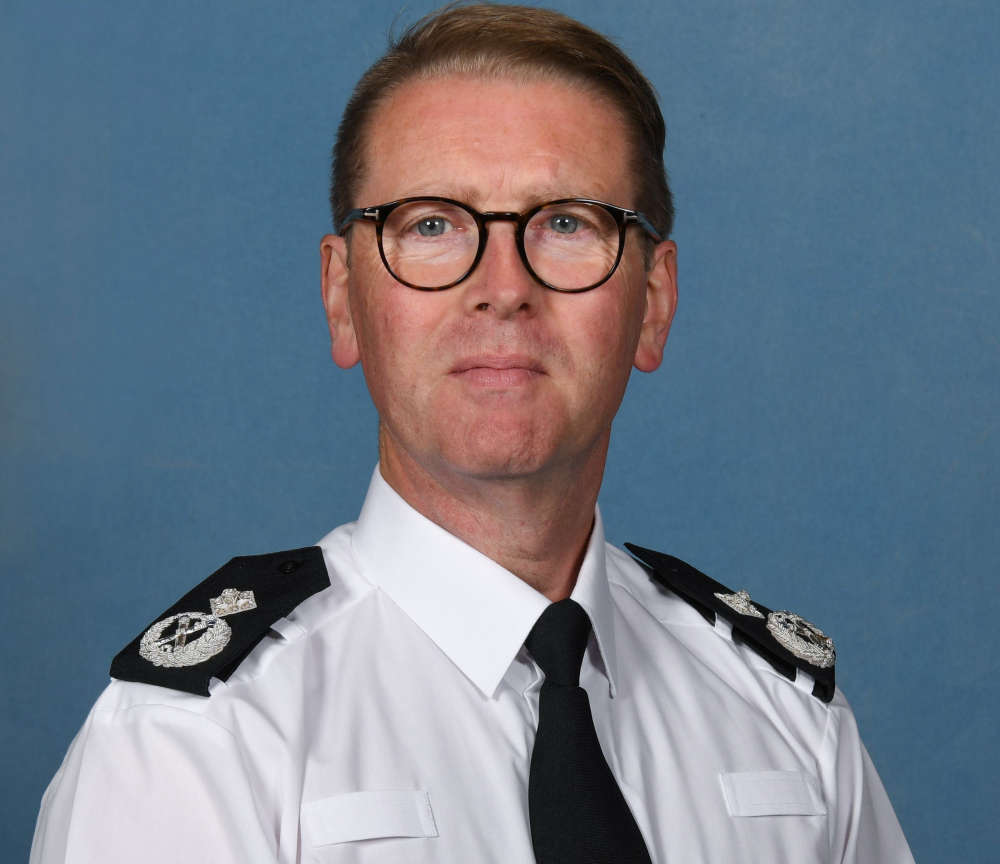 Chief constable won't be prosecuted
Chief constable won't be prosecuted
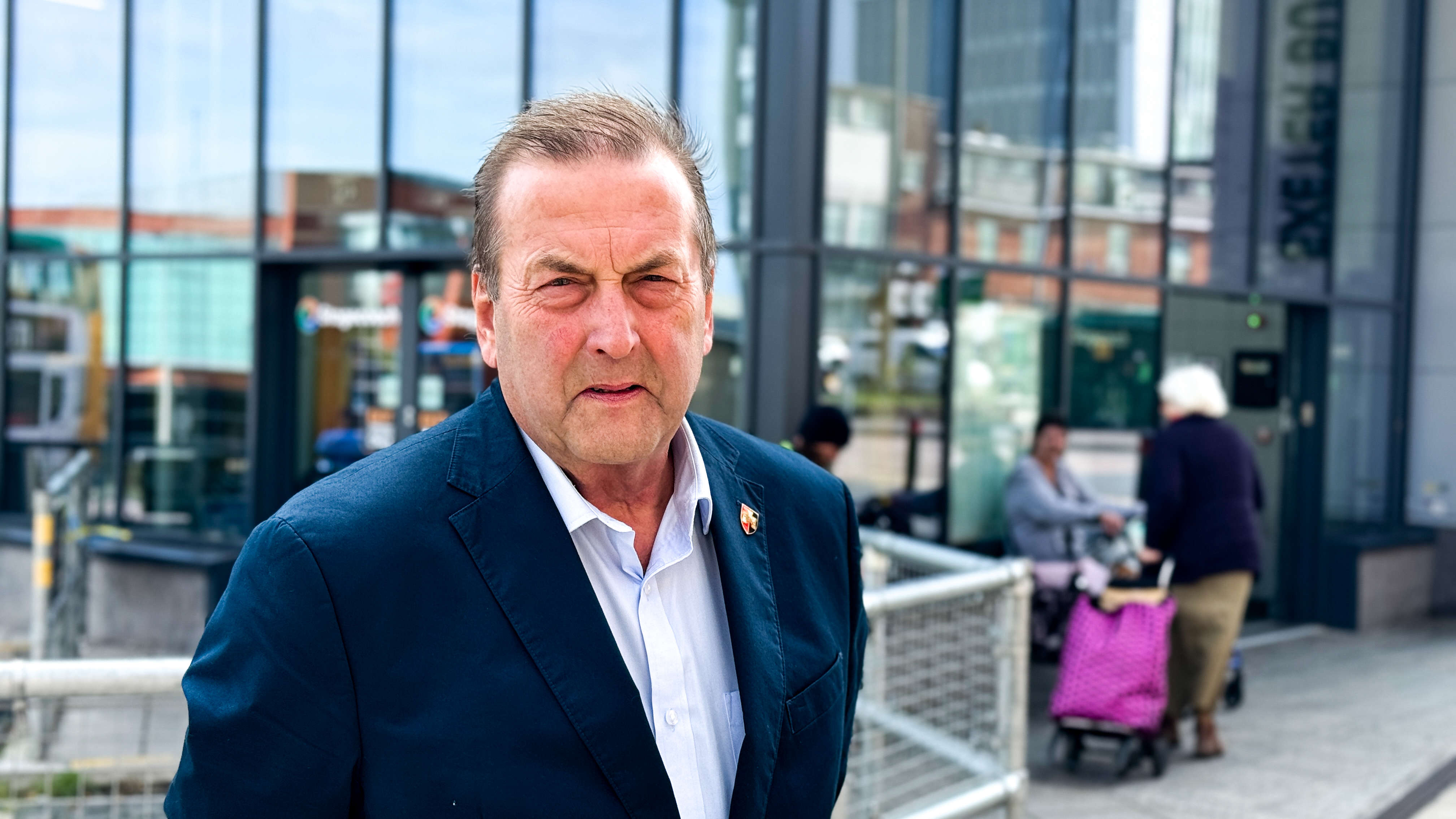 Pop-up market proposal for Exeter city centre
Pop-up market proposal for Exeter city centre
 'Bad deal' blast over Churston solar farm
'Bad deal' blast over Churston solar farm
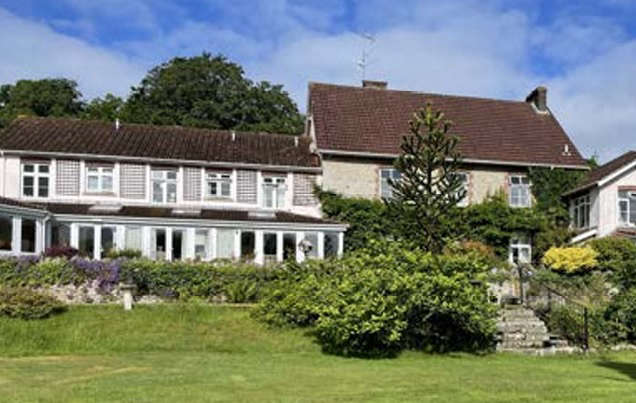 Bovey Tracey holiday homes plan rejected
Bovey Tracey holiday homes plan rejected
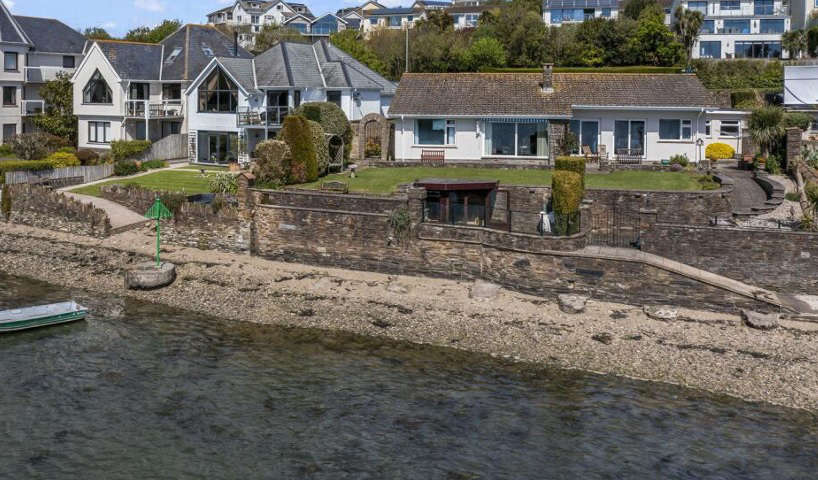 Broadside for 'incongruous' Kingsbridge waterside home
Broadside for 'incongruous' Kingsbridge waterside home
